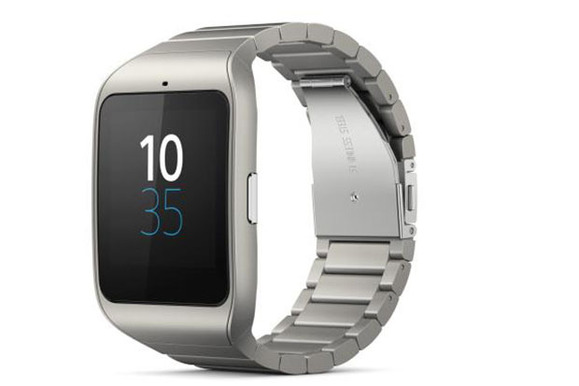Content not available.
Please enable ADDITIONAL COOKIES from settings
The highlight of my first day at MWC was the Sony booth where the company (an IPG client, in full disclosure) rolled out a Lifelog app companion to its new SmartBand as part of an all-encompassing approach to quantified self. Sony’s goal is to capture not only your fitness and sleep activity, but also location and all your mobile phone activity like time spent on chat apps, Facebook, Twitter, and listening to music.
All that information is plotted on a scrollable timeline that lets you see what you did hour by hour, or week be week, and the UX is top notch. The backdrop image even changes to reflect the actual weather conditions at every point on the timeline, and you can access a host of charts to get a better look at how you’ve spent your time.
The SmartBand integrates with your phone and other device in a few novel ways. For example you can control the music playing on your phone by tapping the band– one tap to skip to the next song and two to go back a song. You can even sync the wristband with your boardroom presentation and tap to scroll to the next slide– a feature compatible with any device running Android 4.4.
Lifelog comes pre-installed on the new Xperia Z2, and other Android phones can communicate with the SmartBand via either Bluetooth or NFC.

